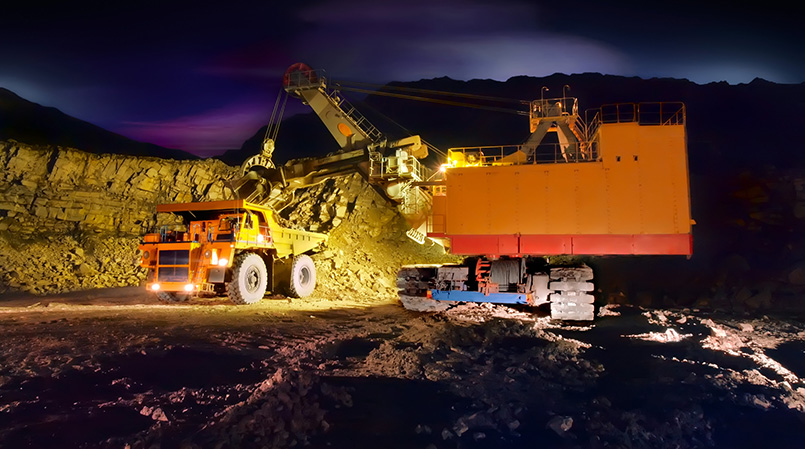MSHA Wins in Court, New Coal Dust Protections in Effect
Posted on February 10, 2016 | in Health

Late last month, the U.S. Court of Appeals for the 11th Circuit denied a challenge brought by the coal industry against the Mine Safety and Health Administration (MSHA) and its recent final rule on coal dust regulation. The new rule,(75 FR 64412) Lowering Miners’ Exposure to Respirable Coal Mine Dust, Including Continuous Personal Dust Monitors, requires employers to better track employee coal dust exposure, calls for increased coal dust sampling, and mandates more widespread use of personal electronic coal dust monitors. The requirements went into effect on February 1 of this year.
In its appeal, the coal industry had challenged MSHA’s ability to issue the rule. The coal industry claimed that, to be legal, such a rule had to be issued jointly by MSHA, NIOSH, and the Department of Health and Human Services. The coal industry also argued that the new rule was inappropriate because many of its requirements were too vague and/or not based on good science.
In its finding in MSHA’s favor, the 11th Circuit Court concluded that while MSHA is compelled to “consider the advice of NIOSH” and other entities, it is not required to act in formal concert with them when issuing a final rule. As to the challenge that the regulations did not stem from solid science, the court found “that MSHA’s decades-long effort, culminating in the publication of this rule, adequately took into account the scientific evidence of record and arrives at conclusions which, given MSHA’s expertise, are worthy of deference.”
According to MSHA, the specifics of the new rule mean that “underground coal mine operators are required to collect an increased number of coal dust samples, use a continuous personal dust monitor to measure dust levels in real time, and notify miners more quickly about the results of dust sampling.” Miners working in conditions known to contain high levels of coal dust (or miners already showing symptoms of black lung) will be required to wear Continuous Personal Dust Monitors (CPDMs), electronic devices which provide real-time measurement and reporting of coal dust exposure. Mine operators must post results of CPDM samplings within 12 hours of a sampled shift, and are also required to give miners with symptoms of black lung a copy of the CPDM sample data within the first hour of that miner’s next shift.
MSHA was swift to respond positively to the court’s ruling.
“This is indeed a good day for coal miners,” Joseph A. Main, Assistant Secretary of Labor for Mine Safety and Health, said in a press release.
He also noted that new final rule was necessary because: “We know that black lung is not a disease of the past. Since 1969, black lung has caused or contributed to the deaths of 76,000 coal miners, and since the late 1990s, the percentage of miners identified with black lung has increased from 5 to 10 percent among long-tenured workers.”
Mr. Main concluded by saying that with the implementation of this rule, he is “hopeful that we can eradicate black lung once and for all.”
The National Mining Association, the Alabama Coal Association, and the other coal industry entities involved in the legal challenge did not immediately respond to the court’s decision.